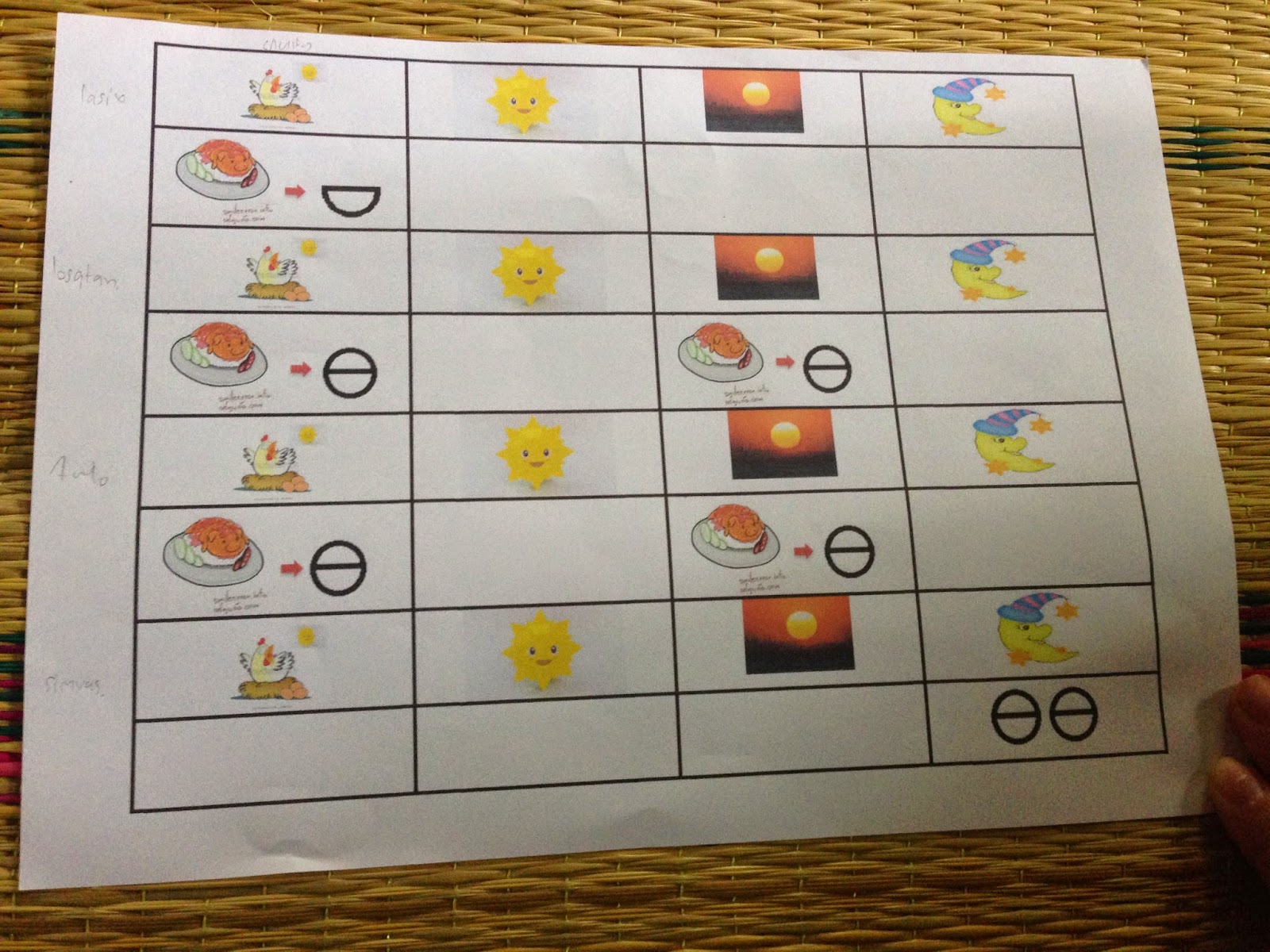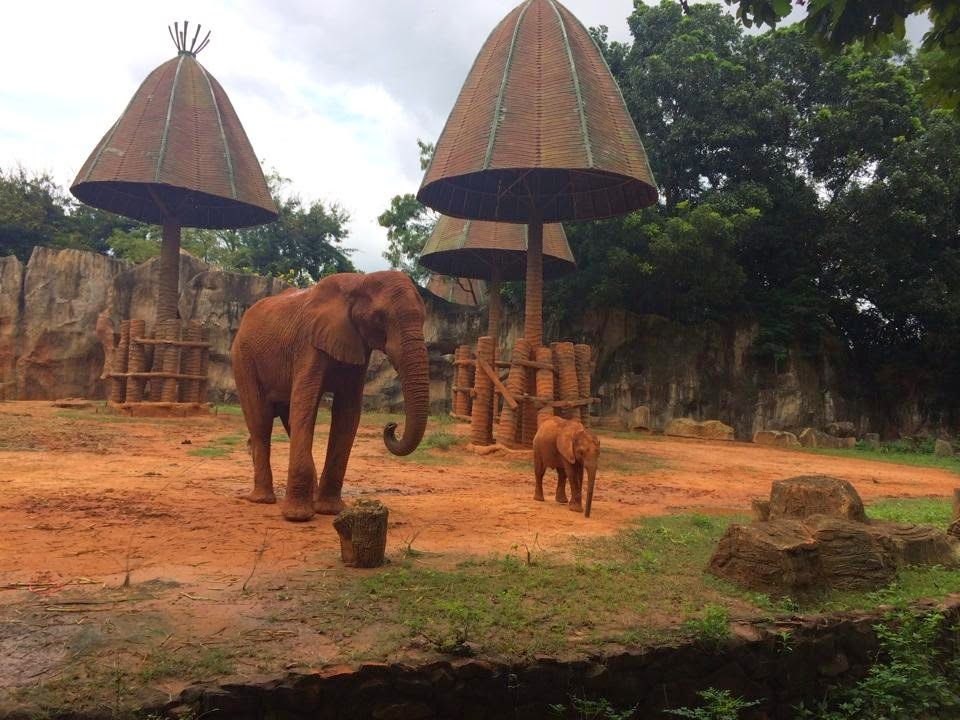But let's start at the beginning. We began our day touring the Ban Prasat archeological site in the Korat Basin. We toured the museum and excavation site, viewing the delicate remains of an ancient civilization. I was in awe of the relics, bangles and pottery and such, so well preserved over 3,000 years. We were able to see a burial site, the deceased were buried with belongings they might want in the next life, they believed in life after death. Their remains told us so much about who they were and how they lived. I was struck by the similarities between the present day culture in the villages we have been working and the prehistoric people. The use of spirit homes, which look like miniature temples, where the spirits of the deceased may live so they do not cause havoc, is a beautiful tradition that has been carried on for centuries. The style of homes in the villages were also very reminiscent of the early civilization. Coming from such a young country, it was an eye-opening experience to see exactly what it means to have a deep and rich cultural history that has persevered for thousands of years.
Next we traveled to the Phimai Historical Park where we walked the grounds of Prasat Hin Phimai, a beautiful one thousand year old Khmer temple. Our tour guides shared the temple's history with us, however we most enjoyed the numerous photo opportunities among the spectacular scenery. We were able to take our "U of M" photo wearing our university garb. This was followed by a trolley tour around the city, provided by a local businessman and his son. We toured another more modern temple, a magical feeling 350 year old banyan forest, and the hotel owned by the businessman. After a delicious lunch we headed off to our next destination.
Shortly after loading on to the vans we came across the scene of a motor vehicle accident that had taken place minutes before our arrival. Our vans pulled off the road and we unloaded, rushing to see what we could do. Our ER nurses sprung into action, assessing the scene for safety. We rushed to the side of a motionless victim, compiling what few supplies we had on us. My ER and ICU classmates began quickly and calmly working to assess the scene and plan the next steps. It was quickly determined that the person was alive, but had suffered enormous traumatic injuries, being thrown from a motorcycle without a helmet. It is in these moments that we as nurses feel lost, when we know there is nothing we can do although our hearts scream for action. The only comfort for us is knowing, that as this person passed, it was in a cloak of prayers and in the hands of those who cared, a final human right to which all should be afforded, although not always received. As we walked away from the scene once police arrived, we were thanked and offered prayers from the onlookers, a reminder that sometimes it is simply presence that is appreciated more than action and result.
We became stronger as a group by this shared experience. Our classmates who were on the front line of action were surprised by the ease with which they communicated and worked together, despite never having worked together before. Those of us, myself included, unfamiliar with this kind of trauma learned from our peers those essential first steps to consider when approaching a scene. We discussed how this experience, and really the entire past week, has revealed each of our individual strengths, to ourselves and each other, be it calmness under pressure, communication, assessment skills, teaching, patience, or flexibility and understanding when confronted with a new and unfamiliar culture.
The accident has lingered in our minds, our hearts a little heavier, our minds never far from the memory. However, as all nurses know, we must keep moving, we must keep our thoughts positive and persevere.
"There are uses to adversity, and they don't reveal themselves until tested. Whether it's serious illness, financial hardship, or the simple constraint of parents who speak limited English, difficulty can tap unexpected strengths." Sonia Sotomayor























